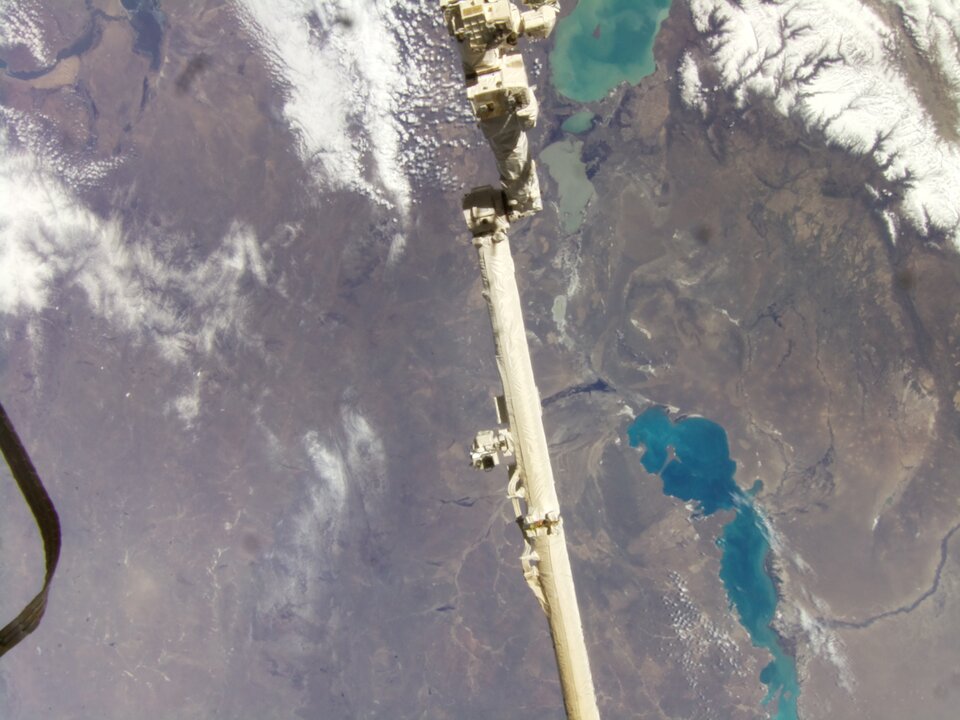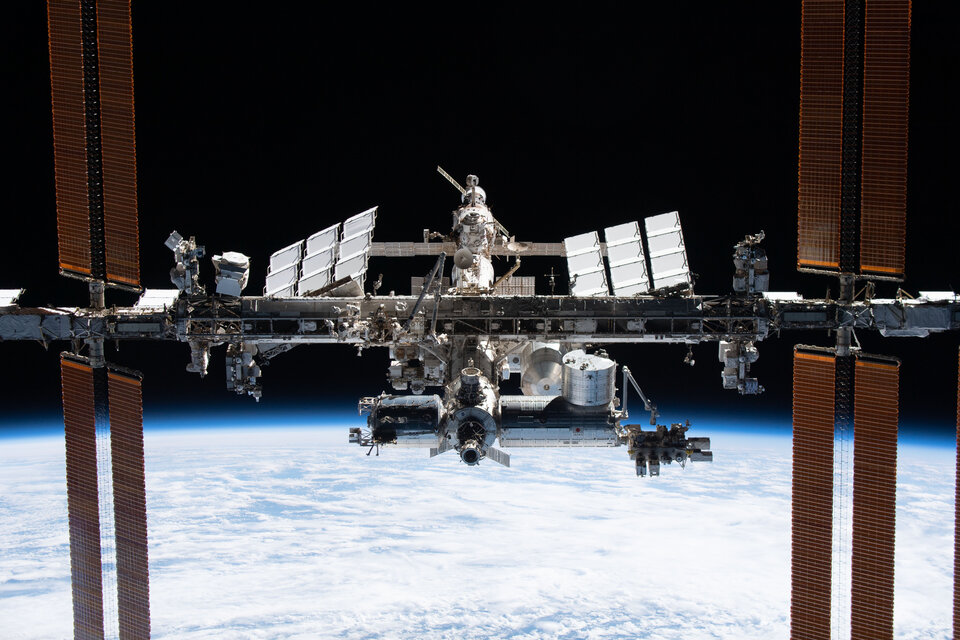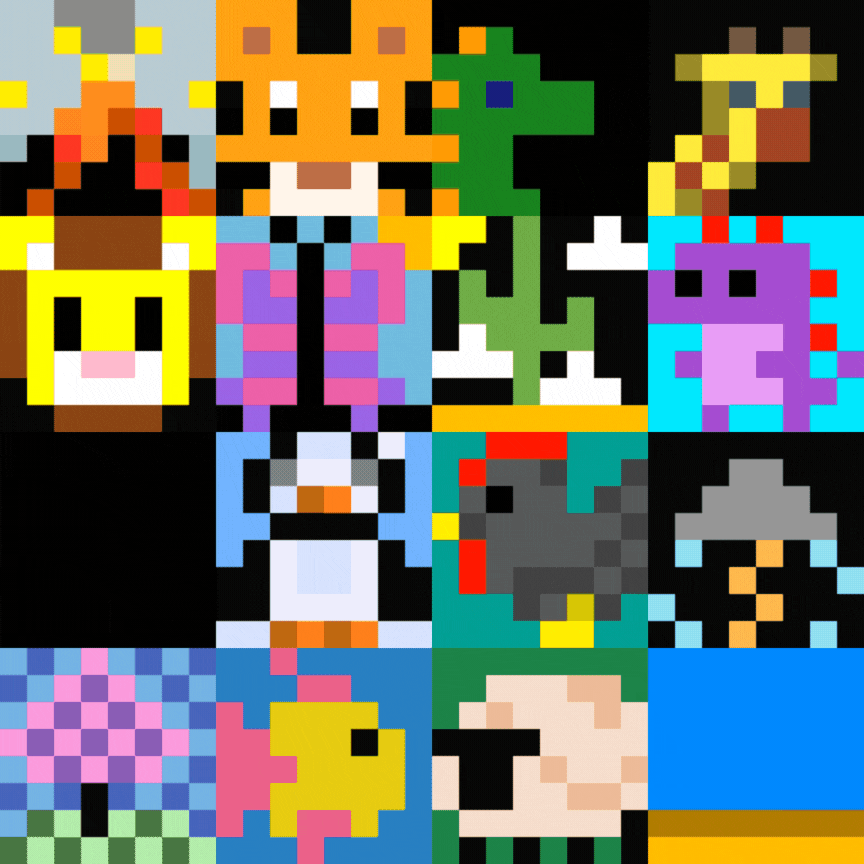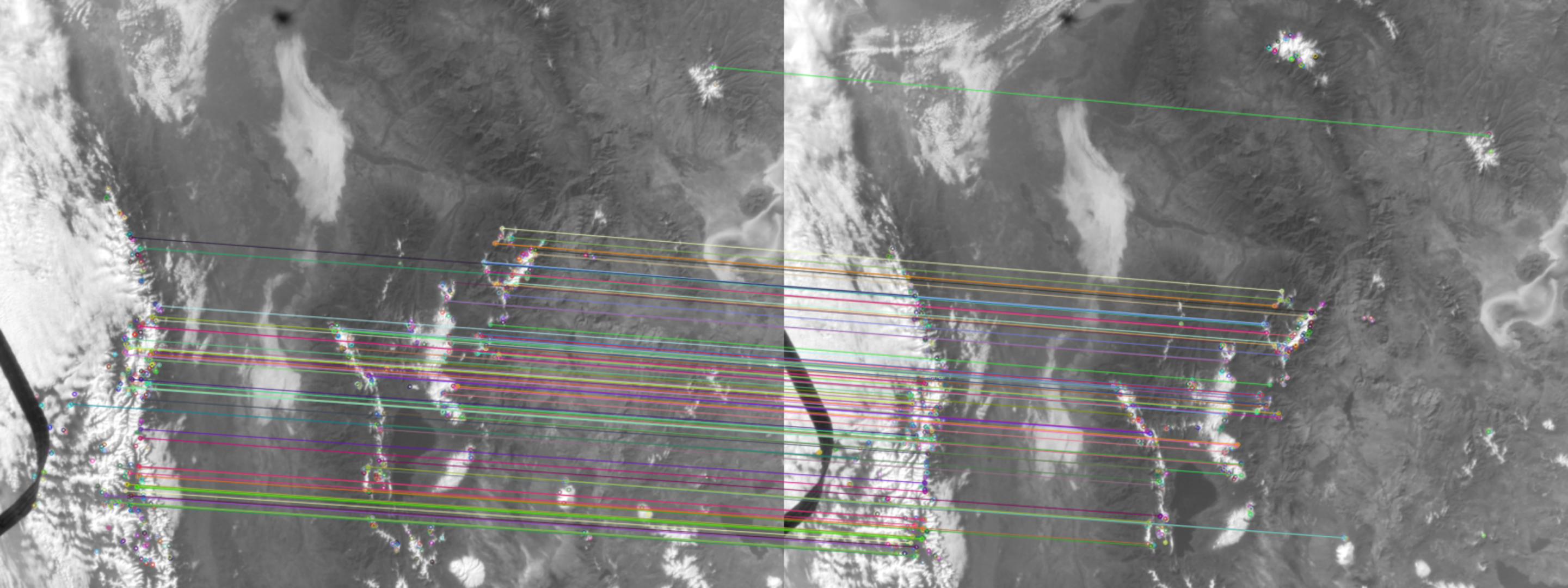Astro Pi codes on their way to the International Space Station
Young people taking part in the European Astro Pi Challenge will soon see their computer programs running on the International Space Station (ISS)! The codes will be ‘uplinked’ to the Astro Pi computers and start running in the coming few weeks.
236 Mission Space Lab teams awarded Flight Status
Teams taking part in Mission Space Lab were tasked with writing a program that calculates the speed at which the ISS is orbiting planet Earth. Their programs will use the sensors and the visible light camera to capture data for their calculations. Programs submitted must pass a rigorous testing process jointly led by the Raspberry Pi Foundation and ESA before they can be sent into space. This year, 236 teams have been awarded Flight Status, which means that their programs will run on the Astro Pi computers. These teams represent 889 young people from across Europe and the ESA Member States. The average age of these young people is 15, and 27% of them are girls.

We are thrilled with how the different teams have approached the task set this year. Some teams have opted to take photos and use them to calculate the distance between two points, and how long it took for the ISS to pass over them to find the speed. This method uses feature extraction and needs to account for ground sampling distance — how many square metres are represented in one pixel in an image of the ground taken from above — to get an accurate output.
We’ve also seen some teams use data from the gyroscope to calculate the speed of the ISS using the angle readings and photos . Others have derived the speed using equations of motion and sampling from the accelerometer.
All teams that chose to take multiple samples from the Astro Pi sense_hat or multiple images had to decide how to output a final estimate for the speed of the ISS. Most teams opted to use the mean average, but a few teams chose to filter their samples to choose only the ‘best’ ones based on prior knowledge (Bayesian filtering), while others used a machine learning model and the Coral Machine Learning dongle to select which images or data samples to use. Some teams also provided an uncertainty along with their final estimate.
Congratulations to all the teams awarded flight status on this great achievement. . Participants will be invited to join a live online Q&A with an ESA Astronaut. We can’t wait to see what questions you send us.
A quick pause to recharge the ISS batteries

Every year the Astro Pi programs run from the end of April until the end of May in a near continuous schedule. However, this year, there is an interesting event happening in the skies above us that means that programs will pause for a few days. The ISS normally takes 90 minutes to complete its orbit, 45 minutes of which is in sunlight, and 45 minutes in darkness. The ISS will be moving its position on the ‘beta angle’ and pivoting its orientation to maximise the sunlight that it can capture with its solar panels.
When it moves along the ‘beta angle’, it will be in continuous sunlight, allowing it to capture lots of solar energy and recharge its batteries. While in its new orientation, the ISS is exposed to increased heat from the Sun, so the window shutters must be closed to mitigate this, which means taking photos of the Earth’s surface won’t be possible for a few days.
Mission Zero teams send their art to space

Mission Zero offers young people the chance to have their code run in space by writing a simple program to take a reading from the colour and luminosity sensor on an Astro Pi computer on board the International Space Station, and use it to set the background colour in a personalised image.
This year, 24,378 young people participated in Mission Zero, representing 16,039 submissions from across Europe and the ESA member states. Of those, 15,942 passed testing and will have their pixel art creations run on the ISS from mid-May. Once again, the Astro Pi team has been amazed by the wonderful images and animations that young people have created; reviewing the submissions is always one of the most enjoyable and inspiring moments for the team. Here is a little selection of some of our favourites submitted this year.


